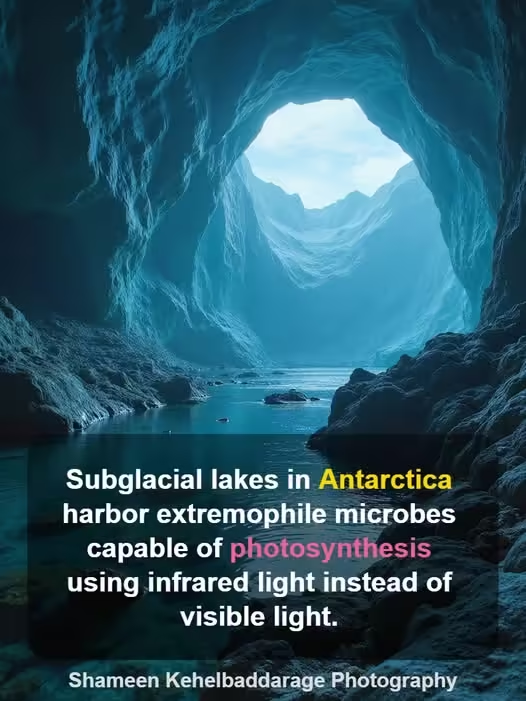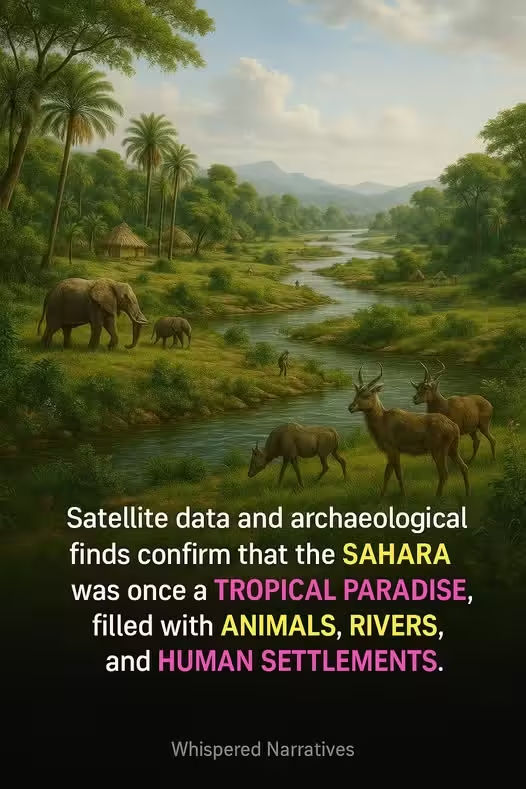
Life in the Dark: The Astonishing Microbial Ecosystems Beneath Antarctica’s Ice
Hidden beneath miles of Antarctic ice, in a realm devoid of sunlight and subjected to crushing pressure and frigid temperatures, life not only exists—it thrives. In recent years, scientists have uncovered astonishing microbial ecosystems in subglacial lakes sealed off from the surface world for millions of years. These discoveries are rewriting the rules of biology and raising profound questions about life’s potential beyond Earth.
A World Beneath the Ice
Antarctica is home to more than 400 known subglacial lakes, the largest of which—Lake Vostok—is buried beneath nearly 4 kilometers (2.5 miles) of solid ice. Isolated from the surface and sunlight for millions of years, these lakes were once thought to be barren. But when scientists drilled into several of these lakes, including Lake Whillans and Lake Mercer, what they found was nothing short of extraordinary: entire microbial ecosystems flourishing in complete darkness.
These extremophiles—organisms adapted to extreme environments—have found a way to endure the freezing temperatures and high pressure by tapping into a surprising energy source: the Earth itself.
Infrared Photosynthesis in Total Darkness
One of the most groundbreaking revelations was that some of these microbes appear to perform a form of photosynthesis without sunlight. Instead of relying on visible light, they utilize infrared radiation—a longer wavelength of light—generated by geothermal heat rising from Earth’s interior. This geothermal energy provides just enough warmth and radiation to power life processes in an environment that was once thought inhospitable.
This process, sometimes called “infrared photosynthesis,” defies the conventional understanding of photosynthesis as something dependent on sunlight. It suggests that where there’s energy, even in unexpected forms, there’s potential for life.
What It Means for the Search for Extraterrestrial Life
These findings don’t just deepen our understanding of Earth’s biosphere—they expand our horizons in the search for life elsewhere in the solar system. Icy moons like Europa (orbiting Jupiter) and Enceladus (orbiting Saturn) harbor oceans beneath their frozen crusts. If microbial life can survive in the hidden lakes of Antarctica using geothermal energy, then similar forms of life could potentially exist beneath the ice of these distant worlds.
NASA and other space agencies are already planning missions to explore these moons, and Earth’s subglacial lakes serve as a crucial testing ground for the instruments and techniques that will be used.
The Frontier Beneath Our Feet
The Antarctic discoveries serve as a powerful reminder: we still know surprisingly little about our own planet. Beneath its icy crust, Earth harbors hidden worlds that challenge our assumptions about where life can exist and how it can survive.
As scientists continue to explore these subglacial environments, they not only uncover new forms of life but also redefine the boundaries of biology, geology, and even astrobiology.
In the cold, dark depths beneath Antarctica, life persists—not with the help of sunlight, but through the enduring heat of our planet’s core. And in doing so, it shines a new light on the age-old question: Are we alone?



